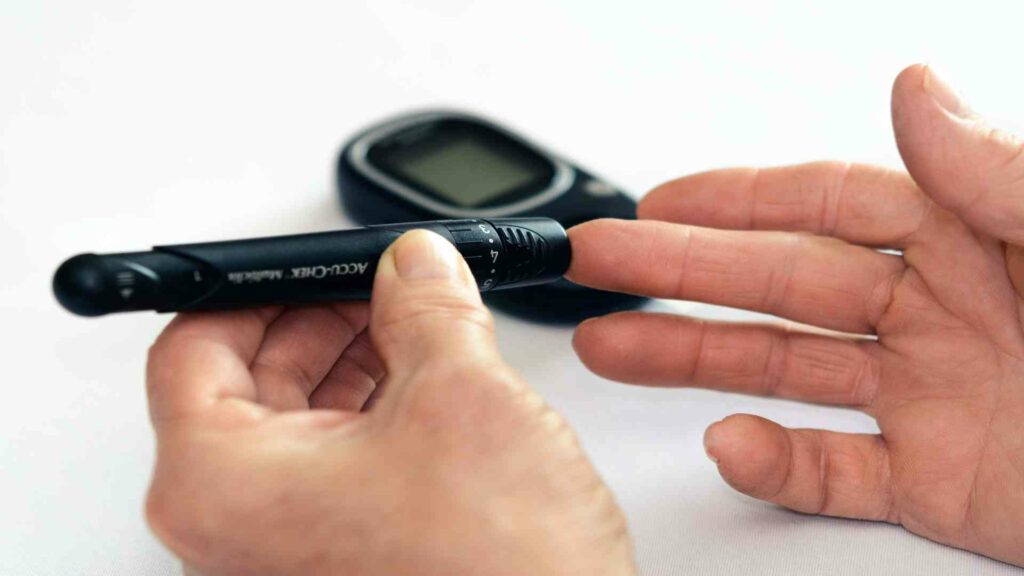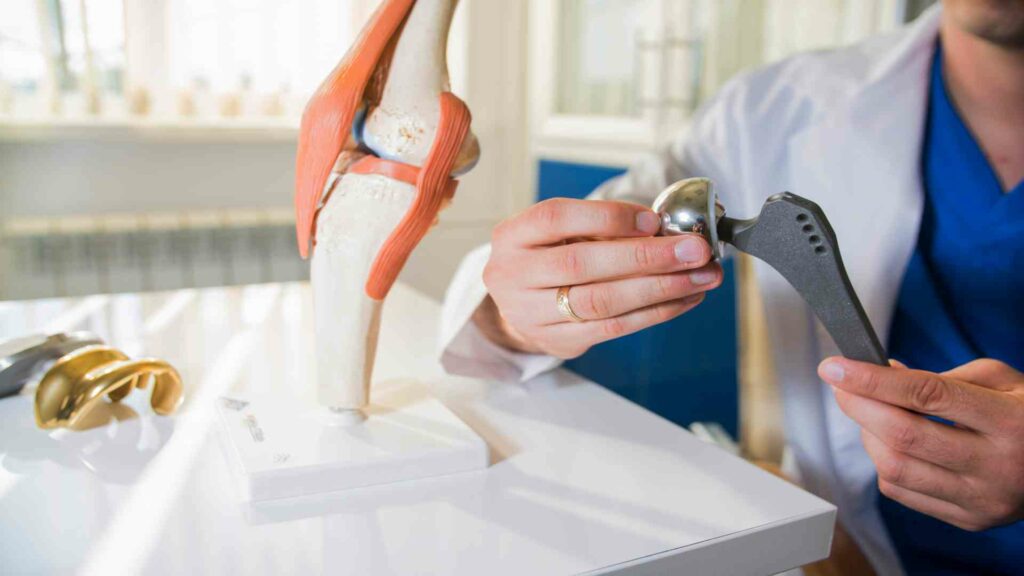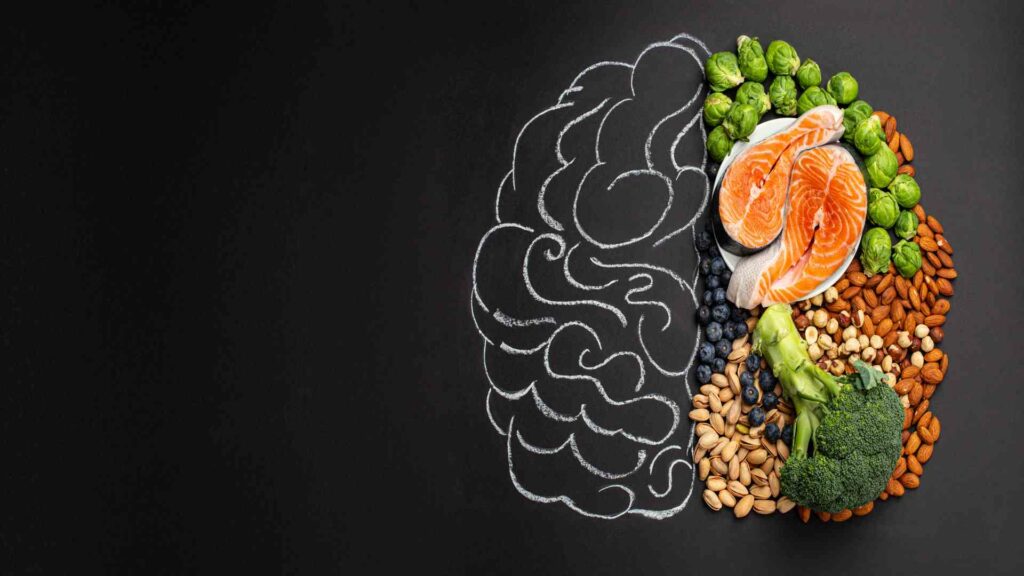Boron in Red Wine
Boron is a trace mineral found in red wine and plays an important role in the body’s metabolism. While many health benefits are associated with consuming boron-rich foods like wine, it is important to consume them responsibly.

Red wine
Boron Concentration in Red Wine
In red wine, boron concentrations are typically between 0.1 to 10 mg L-1 as boric acid. To ensure quality standards are maintained, the International Organisation of Vine and Wine (OIV) sets a maximum allowable boric acid concentration limit of 80 mg L-1 (14 mg L-1 B).
What is the Relationship of Boron to Wine, Wine to Boron, or Boron to Health?
Boron is an essential trace element for plants, including vines. It’s important to ensure that grapevines get the right amount of boron to maximize their health and productivity.
Too little boron can result in yellow-blotched leaves, swollen shoots, impaired fruit set, and shot berries. Meanwhile, too much boron can be just as damaging to a vineyard. Boron toxicity occurs with uneven borax application to cure or prevent boron deficiency. The dark coloration of vine leaves is the first sign of toxicity. As the severity increases, these merge, causing the leaves to pucker, wrinkle, and die.
Thus, the key is striking a balance between deficiency and excess.
Viticultural practices such as soil type and irrigation directly affect the availability of boron in the environment. Sandy or acidic soils may require additional supplementation with water-soluble fertilizers that contain boron. This way, the vineyard can be ensured with the right amount of boron for optimal health.
How Does Boron Benefit Vines?
Foliar boron treatments were preferred in a study as they yielded outcomes much faster than soil applications. The application of boric acid resulted in increased nutrient concentrations of nitrogen, calcium, phosphorus, magnesium, copper, and zinc, but potassium and iron concentrations were reduced.
It was also observed that all other treatments had wider leaf sizes compared to the control treatment. Additionally, cluster weight, width, and volumes were increased significantly after boric acid treatments – a clear indication of a positive influence on plant growth.
Boric acid applications also affected berry homogeneity, resulting in a more homogeneous presentation. The 0.1% boric acid treatment produced the highest soluble solid (SS) and maturity index. With rising boron doses, water-soluble dry matter contents were reduced while acidity values were enhanced.
Treatments with 0.3% boric acid, in particular, significantly positively impacted quality, size, and color uniformity. Based on the nutrients and pH levels of the investigational soils, it was determined that foliar nutrient treatments might aid plant growth and development.
Relation of Vines to Wines
The relationship between vines and wines is among the oldest in the world. Vines have been used to make wine for centuries, so it’s no surprise that vintners take great care in selecting their grapes for optimal flavor profiles.
The quality of a wine begins in the vineyard: from soil composition and climate conditions to canopy management and irrigation techniques, each element affects the final product.
Is a Glass of Wine Beneficial to Your Health?
A moderate amount of wine can benefit your health. A glass of wine contains antioxidants, which help reduce inflammation and protect against cell damage from free radicals. Grapes have a high polyphenol content, an antioxidant that reduces oxidative stress and inflammation.
Compared to white grape varieties, red wine grapes have higher antioxidant levels, so drinking red wine may cause a greater increase in blood antioxidant levels. A 2-week study of 40 adults discovered that drinking 13.5 ounces (400 ml) of red wine daily enhanced antioxidant capacity.
A higher antioxidant condition is linked to a lower risk of disease. Red wine consumption, for example, lowers the risk of Alzheimer’s and Parkinson’s disease, both of which are associated with oxidative stress.
In addition, moderate consumption of red wine may also help reduce the risk of type 2 diabetes, heart disease, and certain types of cancer due to its protective effects on the body.
While there are certainly positive benefits to drinking a glass of red wine each day, it’s important to remember that too much alcohol consumption can lead to serious health problems, such as liver damage, increased risk for certain types of cancer, weight gain, obesity, high blood pressure, and stroke.
To reap the most of the medical benefits,
- Women may consume up to one drink per day.
- Men over the age of 65 may consume up to one drink per day.
- Men aged 65 and under may consume up to two drinks per day. Men have a higher limit since they weigh much more than women and contain more enzymes that digest alcohol.





